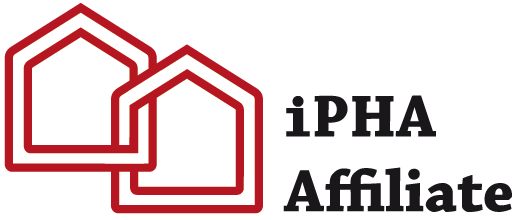We are excited to bring to you the PHINZ 2025 Webinar Series, with 20 webinars over the space of 10 months tailored for both the Designers in our community as well as Builders and Tradespeople.
The overarching webinar theme for the year
- Designers webinars : How to Build a Passive House
- Builders Social webinars: Everything Passive House
Whatever your interest in Passive House or level of expertise, there is something for everyone in this series.
Each month we will present 2 x 1.5hr webinars on the selected topic for the month. The first webinar will be a Designers Webinar with a Host/moderator, technical speaker/s and a Q&A session.
The Builders Social will be more informal with the host providing a brief overview and perspective on the topic followed by a Q&A with the builder/s.
ENVELOPE
| February | Avoiding Lock-In Effects in Floor Slabs and Foundations |
| March | Alternative Wall systems – SIPS’s, straw |
| April | Weathertightness vs Airtightness |
| May | Window Selection & Installation |
| June | Open discussion – Energy modelling insights |
SERVICES
| July | Heat Pumps for space heating & hot water |
| August | Passive House & Solar |
| September | Ventilation Design & Installation |
| October | Hot Water & Plumbing |
| November | Open discussion – I wish I’d known/You only do this once |
View our Events page for details of individual webinars as they become available.






